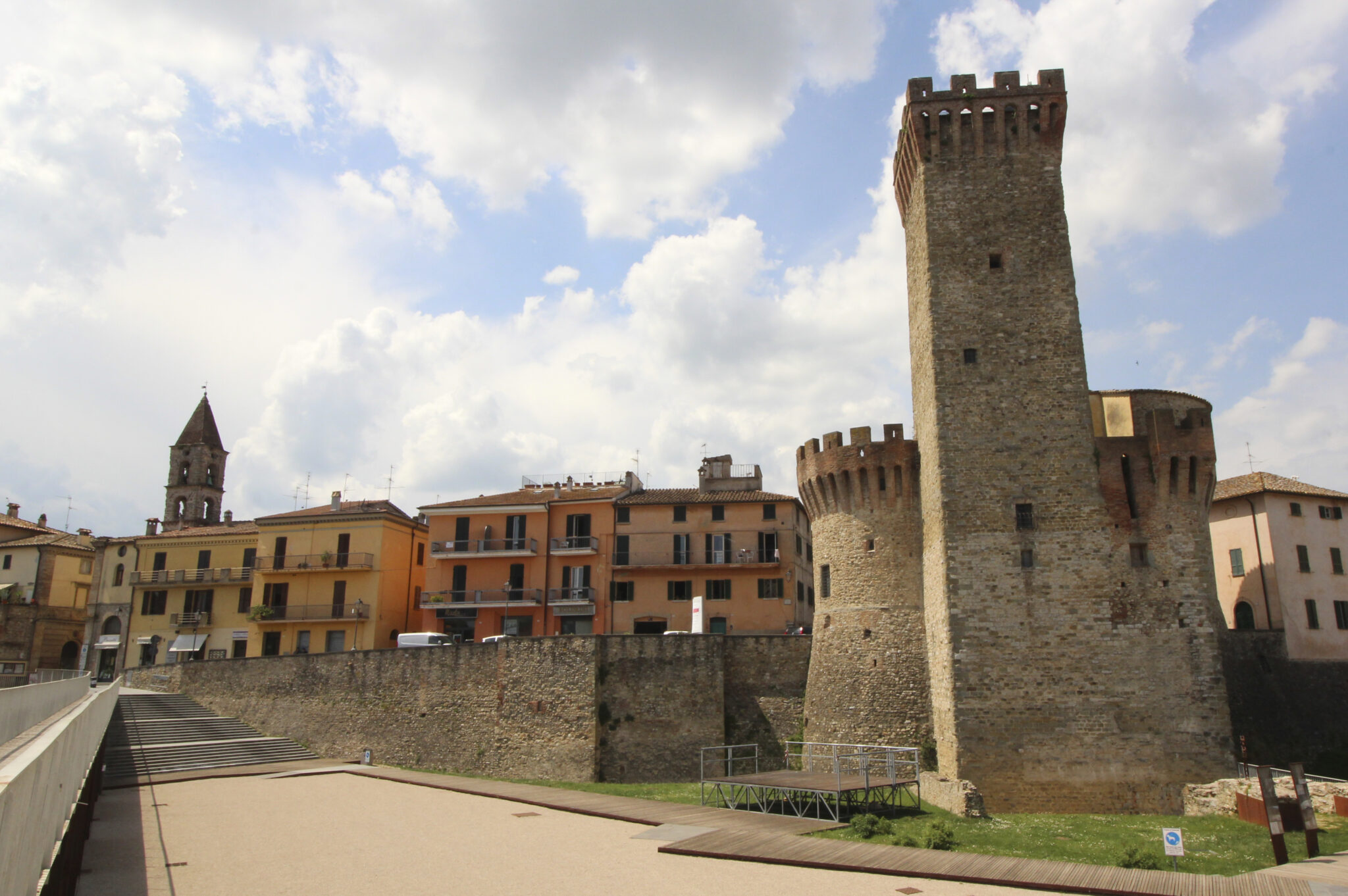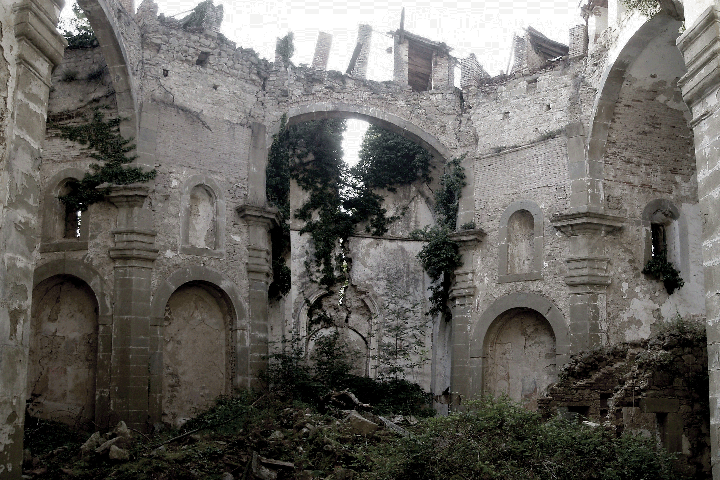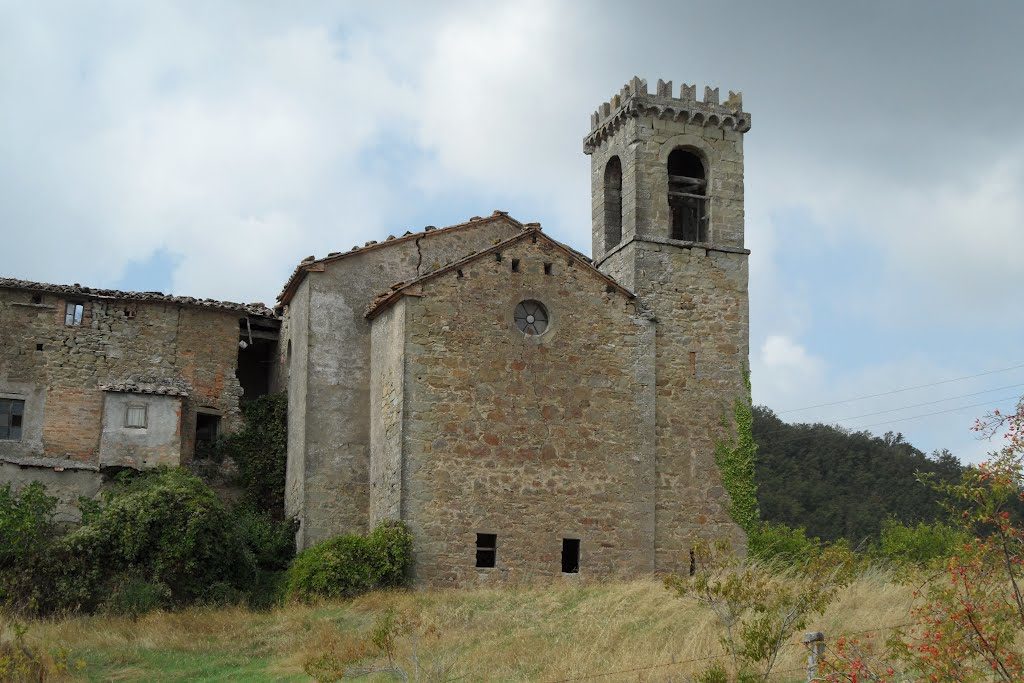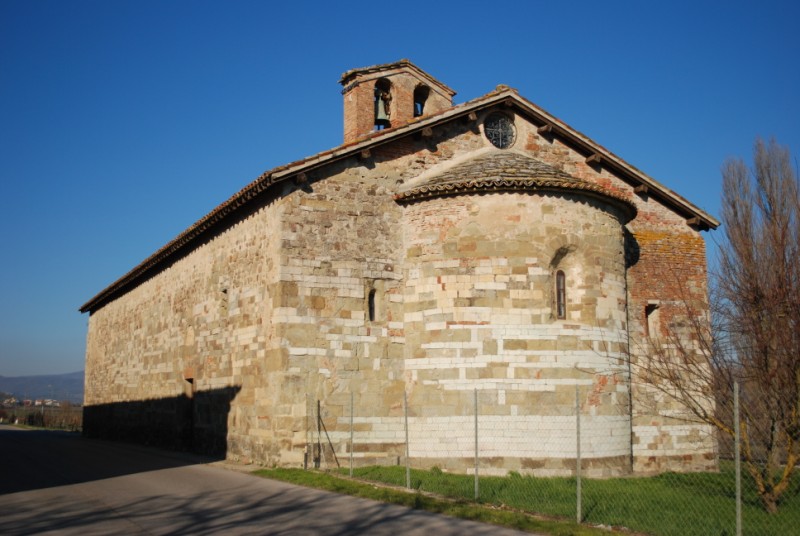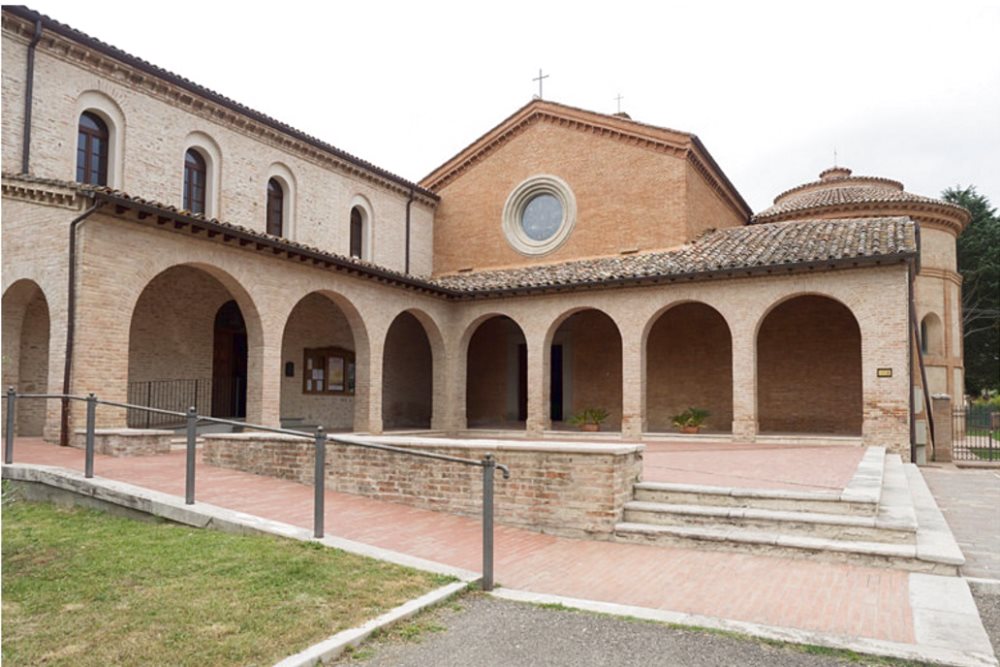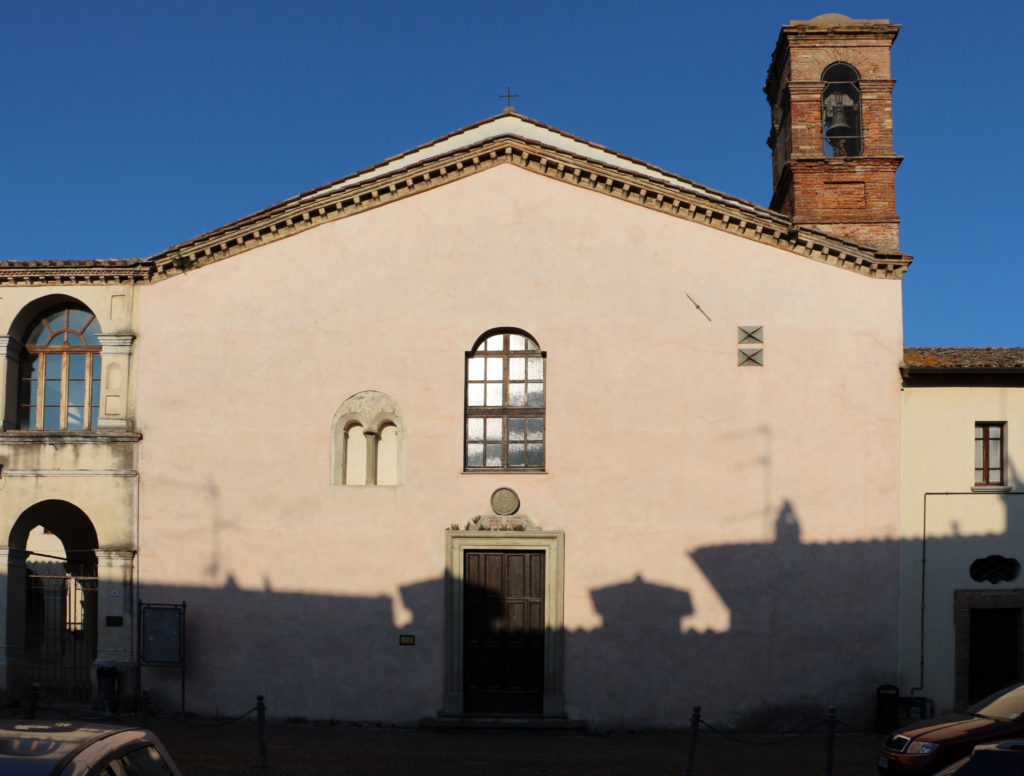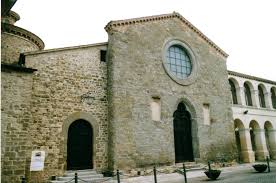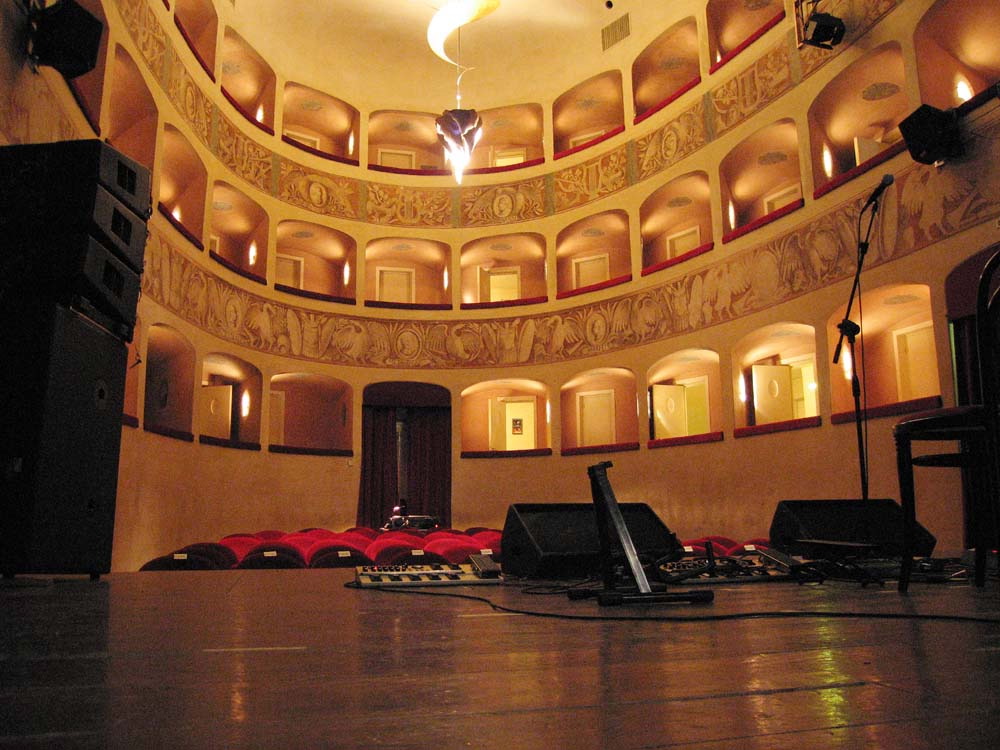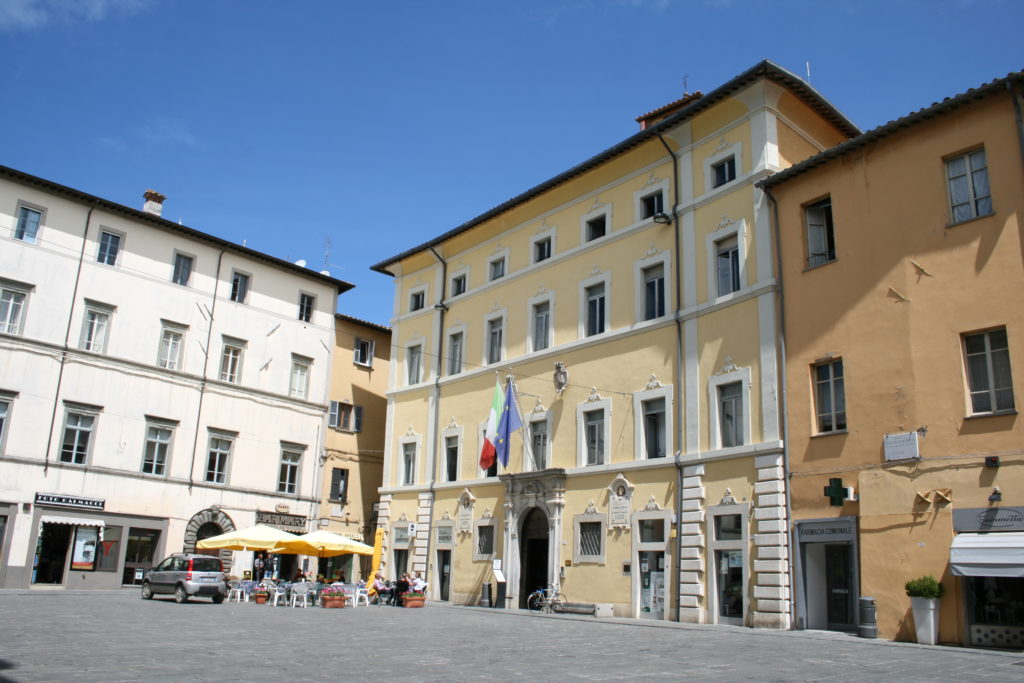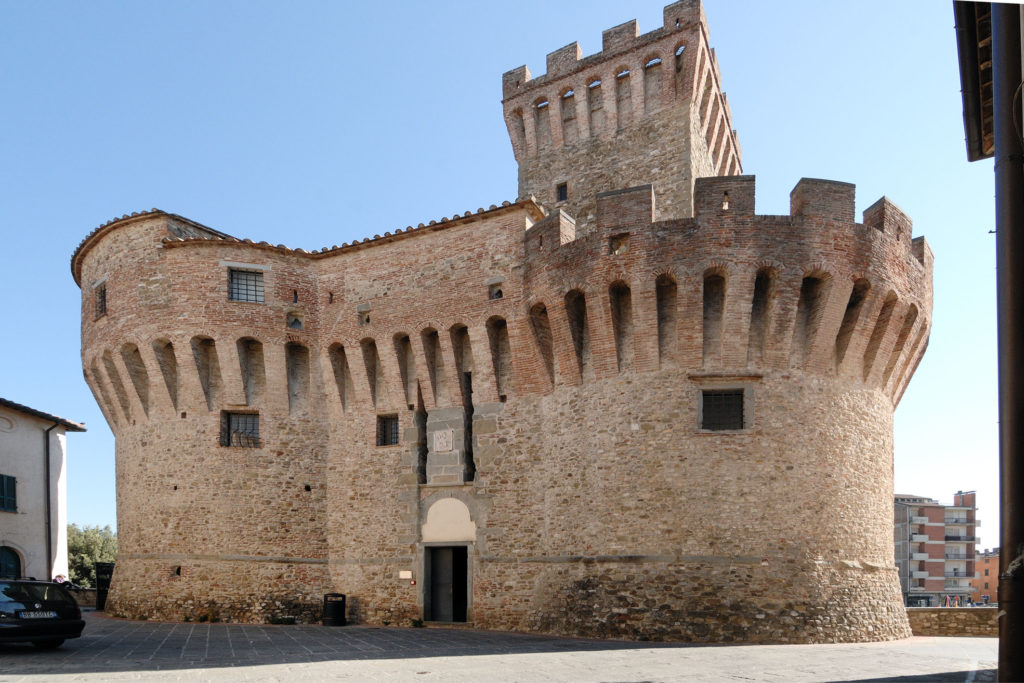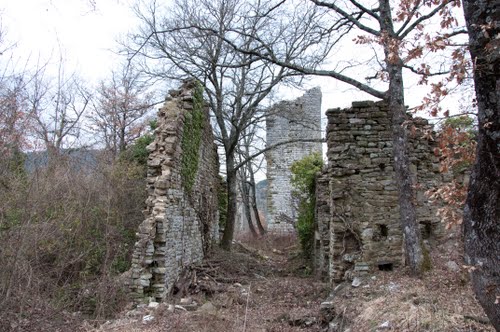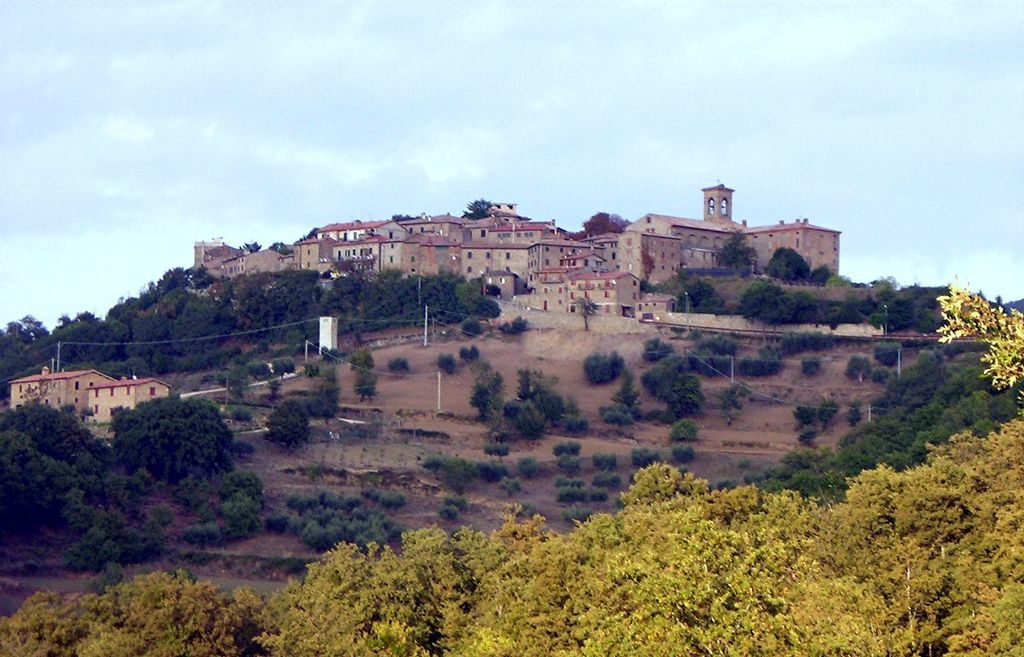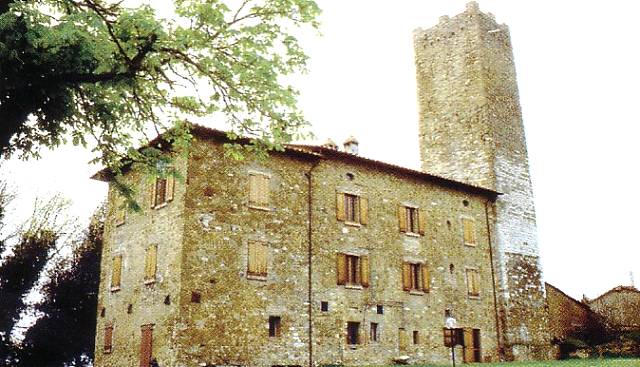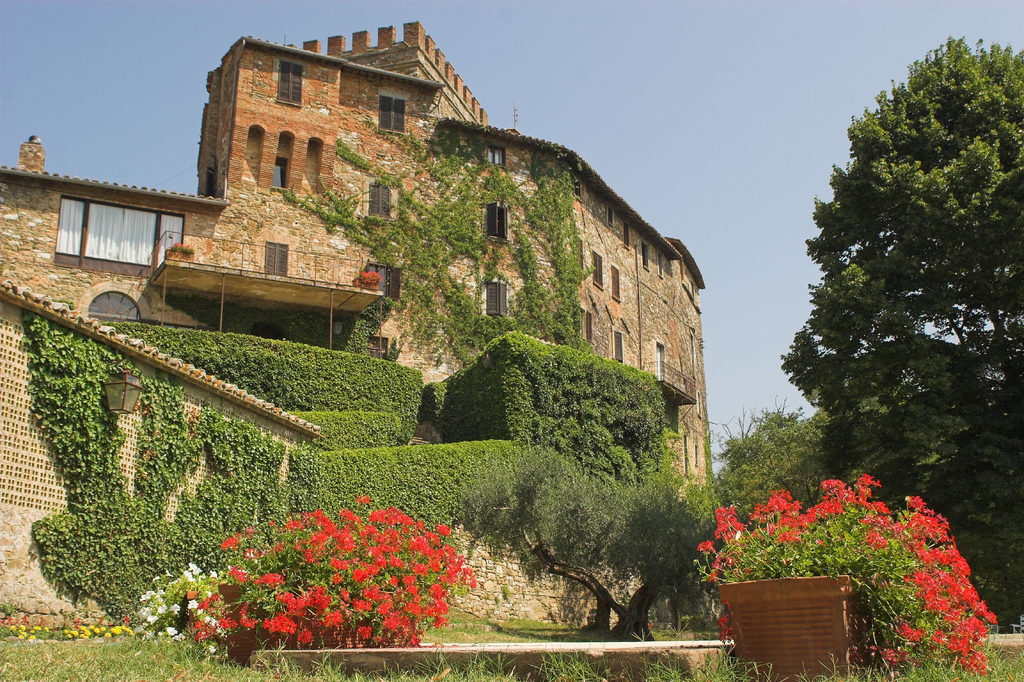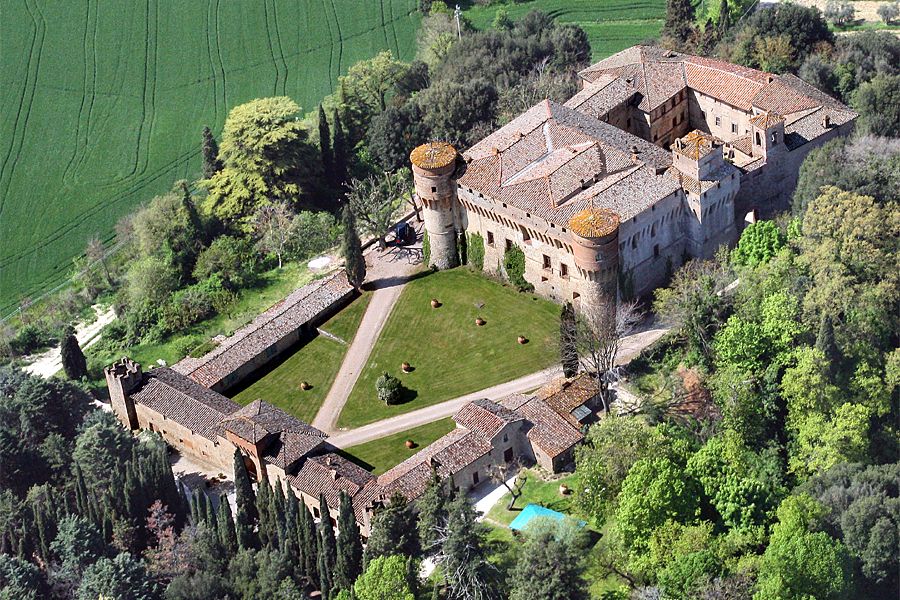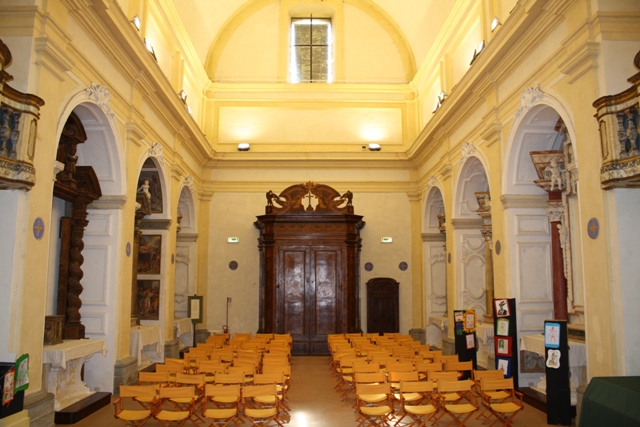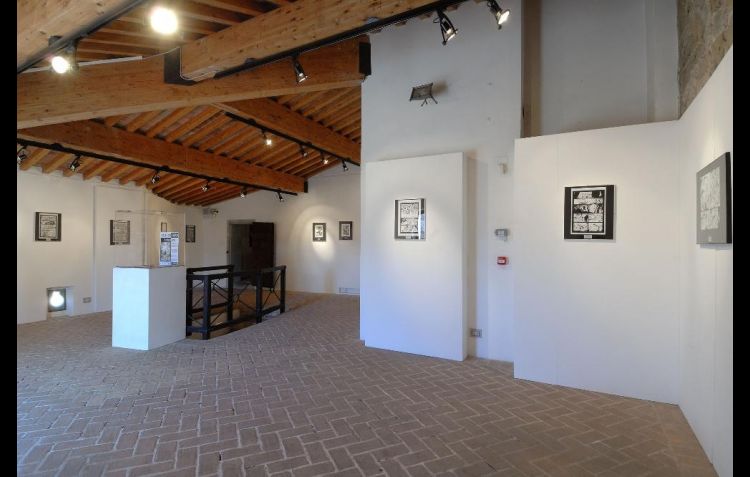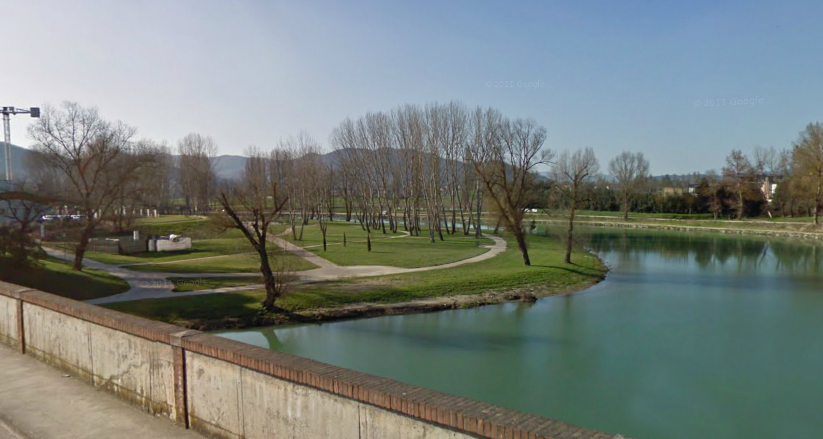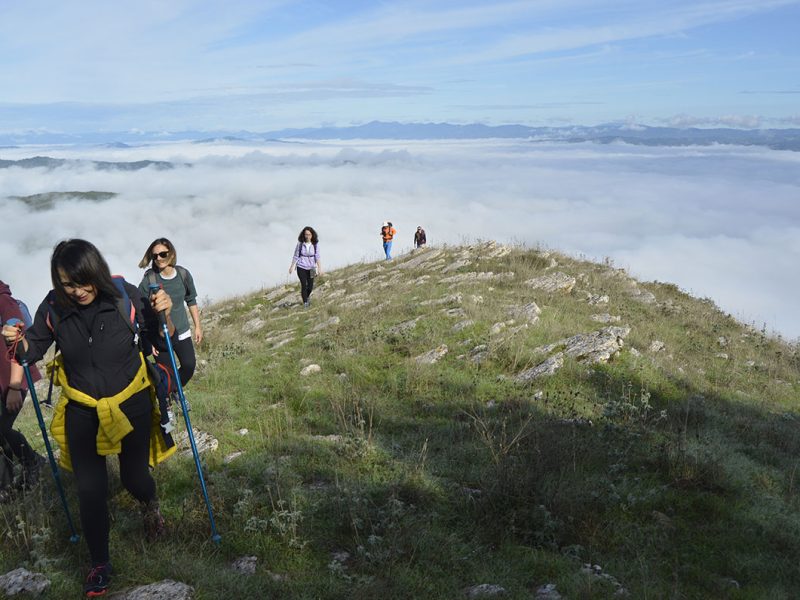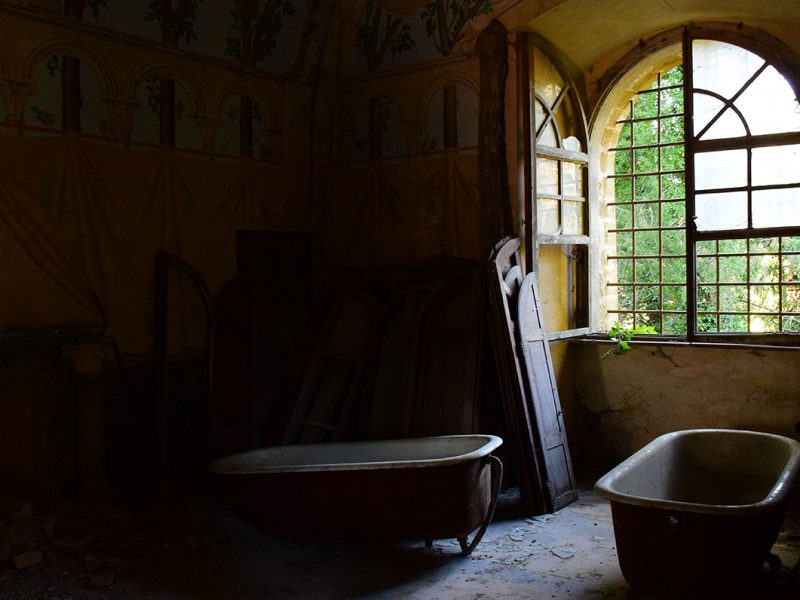Umbertide
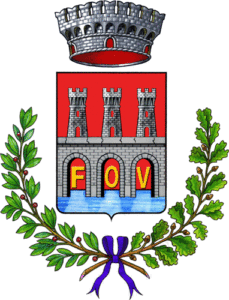
PROVINCE:
Perugia
WEB:
For tourist information:
Ufficio IAT di Umbertide
c/o Comune – P.zza Matteotti 1 – Umbertide
Umbertide
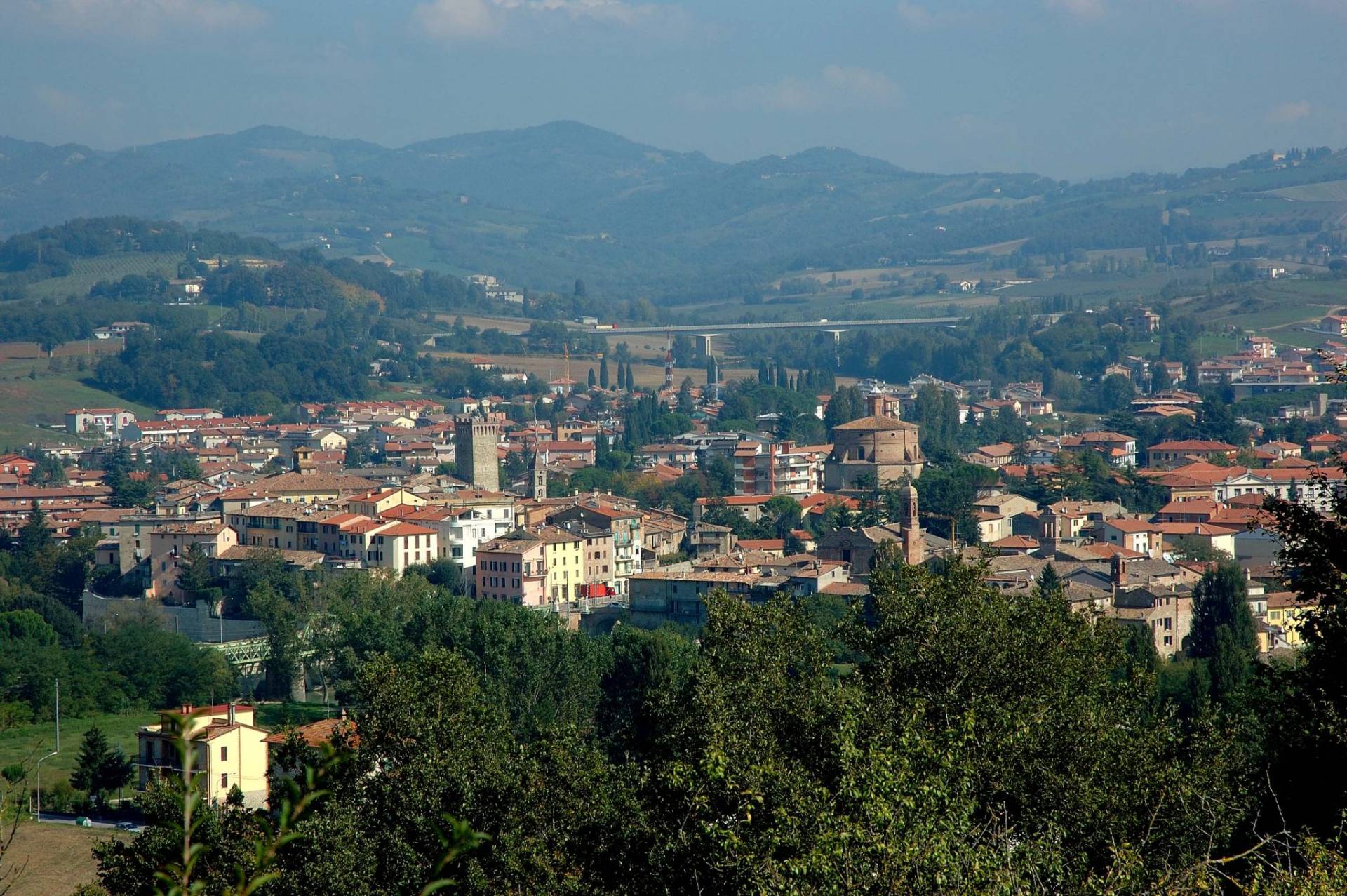

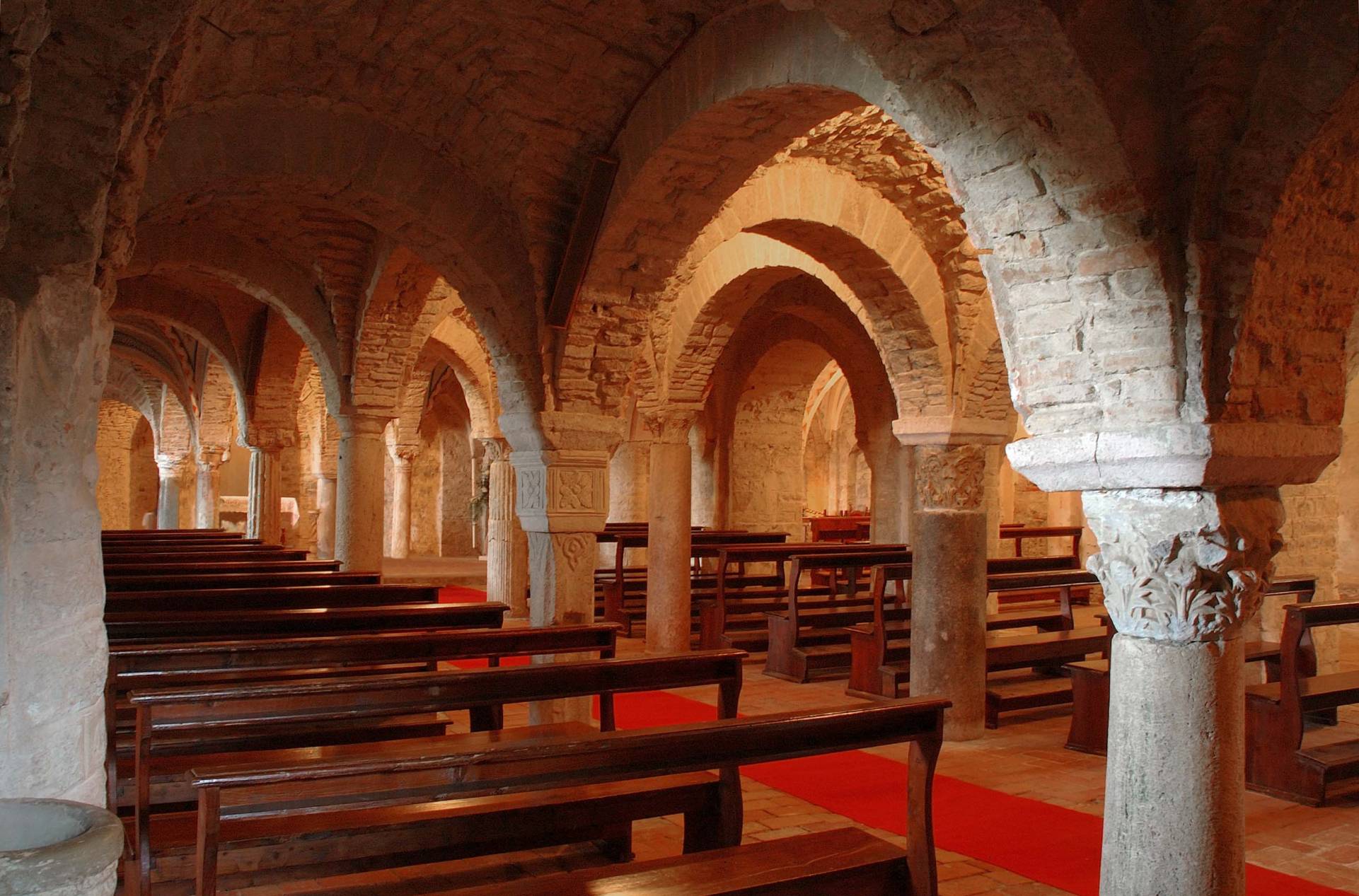
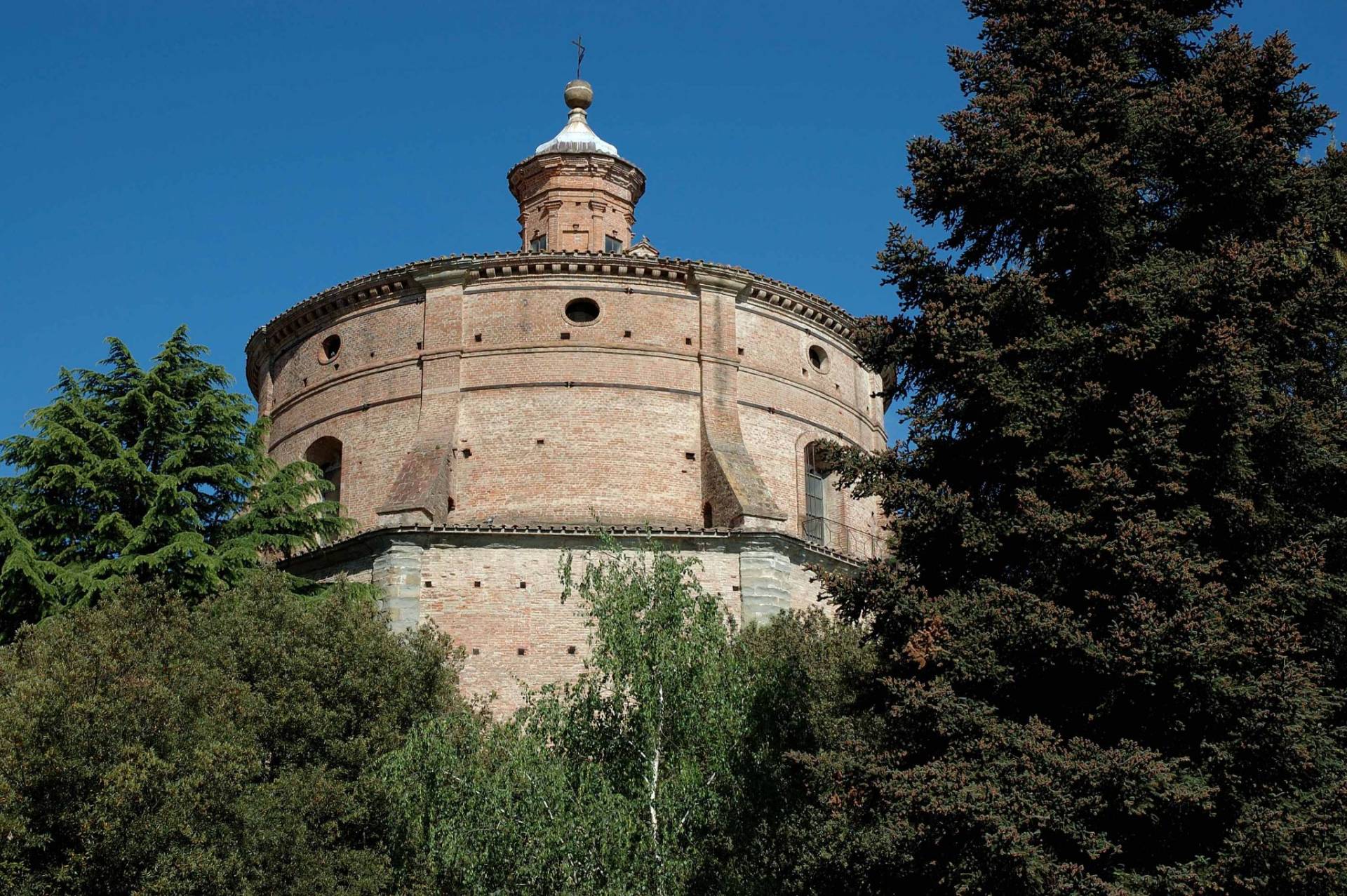
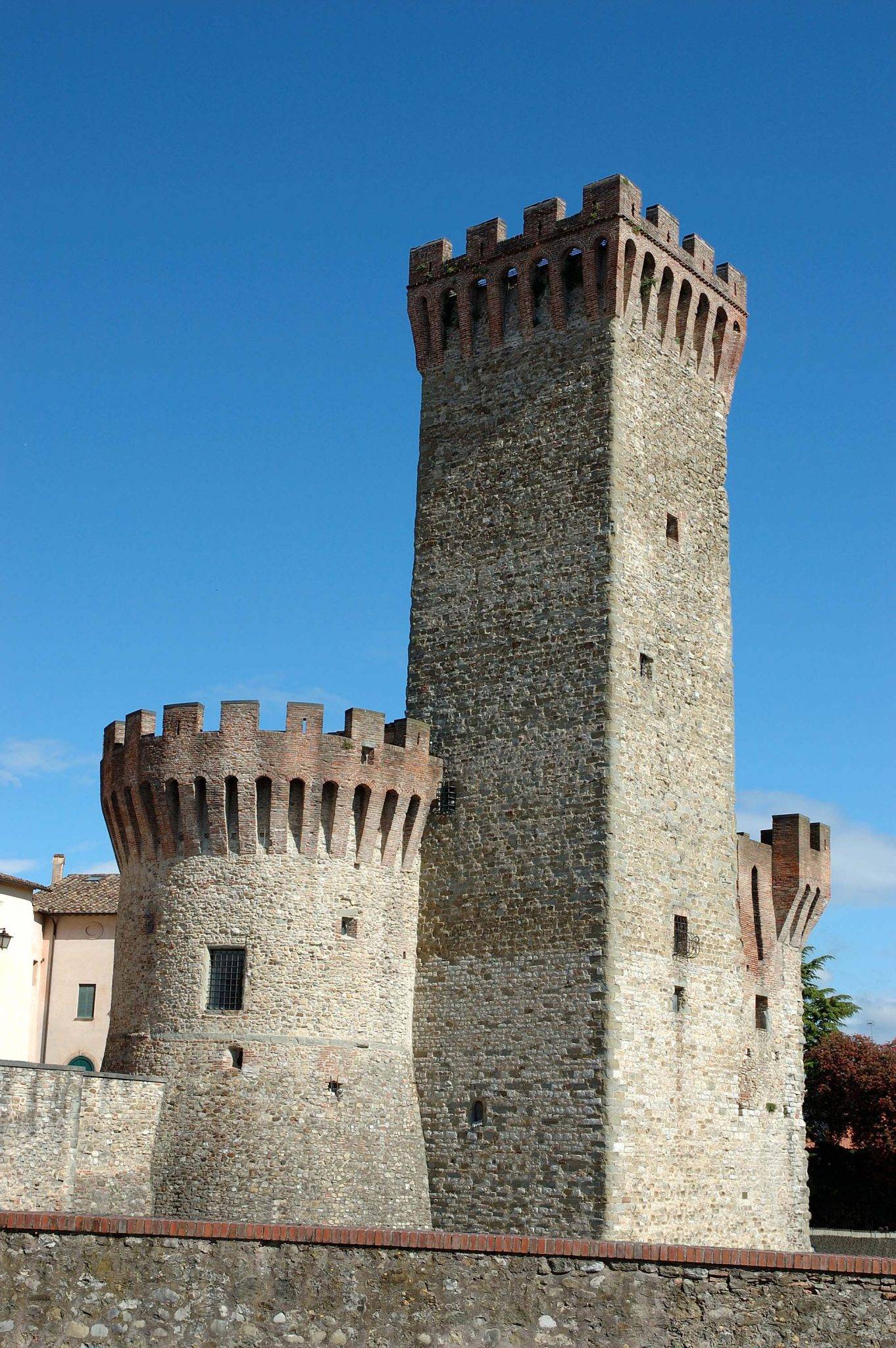
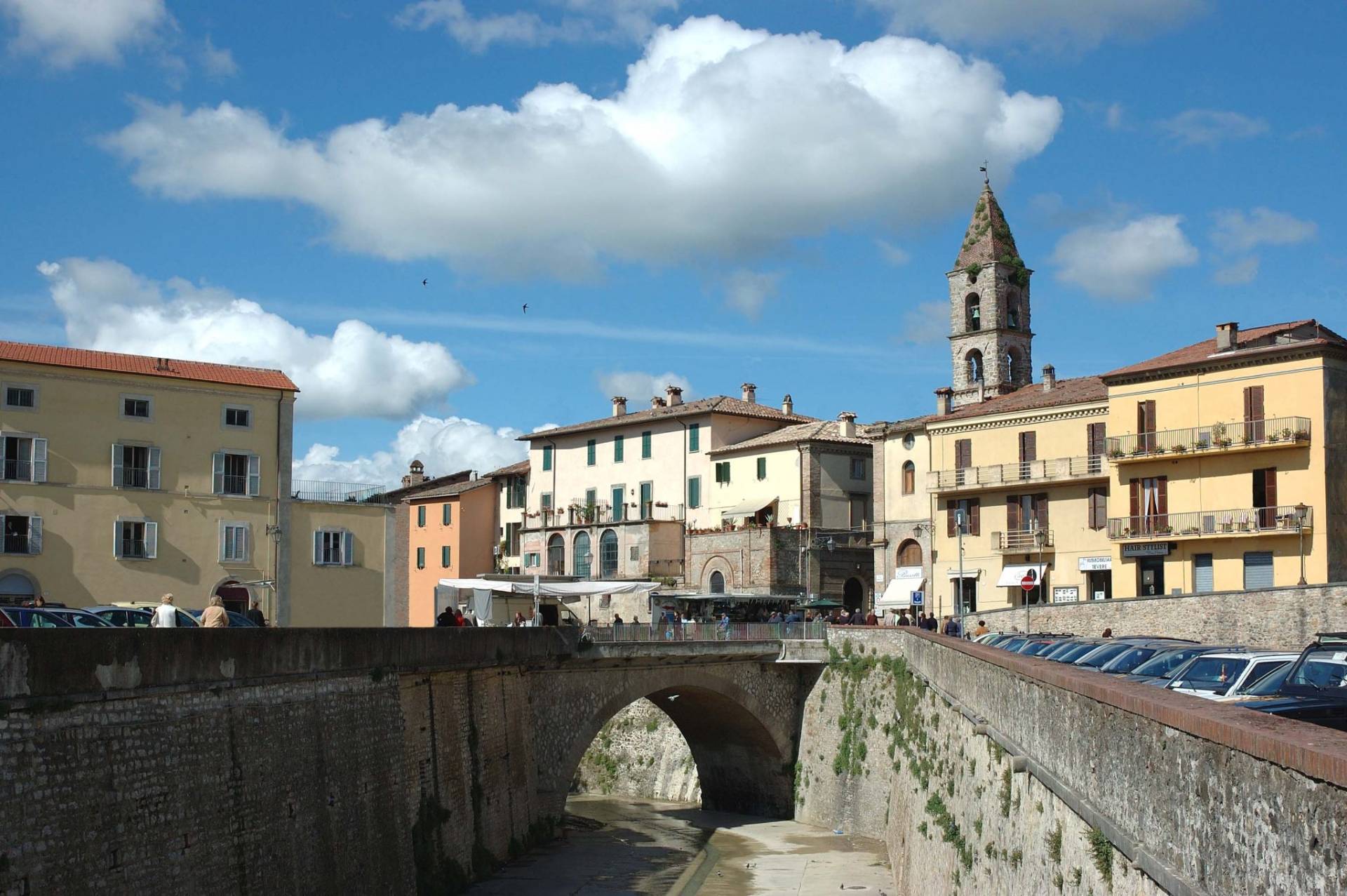
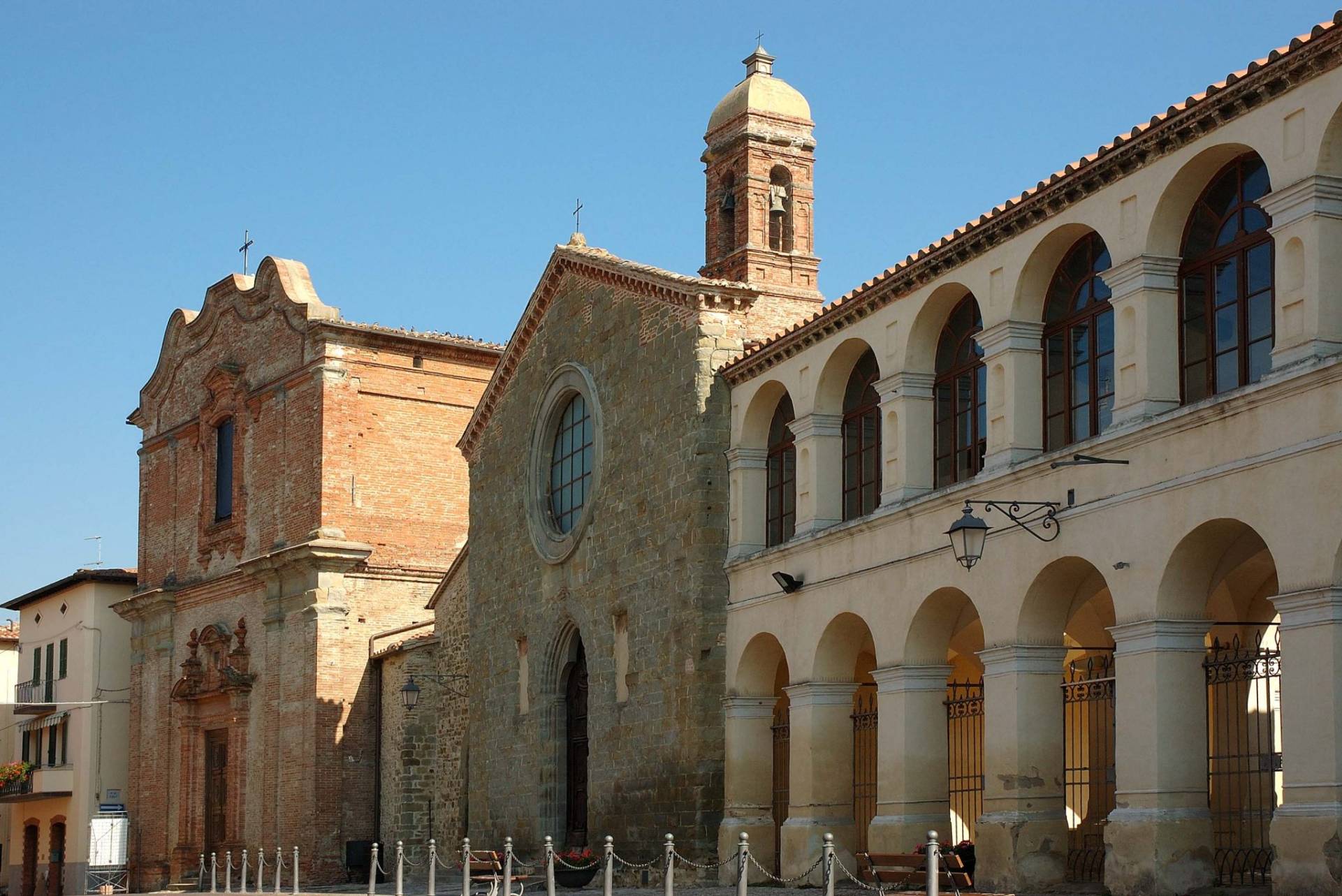
umbertide is registered in:

discovering the village
From the characteristic historic center squeezed between the course of the Tiber River and that of the Reggia torrent (or Regghia if you prefer), Umbertide has a long history of destruction and reconstruction, configuring itself as one of the Umbrian towns richest in curiosities to discover.
Some clues of its troubled history can already be found in its name: the current one, in fact, was adopted only in 1863 to honor Prince Umberto of Savoy even if, going back in time, already in 970 AD in the history of the settlement a certain Uberto had appeared, believed to be a descendant of the Marquises of Monferrato. Pitulum, the name with which this Roman pagus was initially named, was in fact destroyed by the barbarians who flooded into these lands; it was then rebuilt by the aforementioned Uberto, whose sons had feudal dominion over that castle which, by them, was called Fracta filiorum Uberti. And as Fratta it was called until shortly after the constitution of the Kingdom of Italy.
The strategic position, with the defensive perimeter walls and the fortress overlooking the Reggia stream, is still visible today and was further enhanced by an urban redevelopment project carried out in 2011, which led to the redefinition of the Market Square and the creation of a cycle path that runs alongside the ancient defensive walls.
The Rocca, although today it has only one gate in Piazza Fortebraccio (once it had another one in the direction of the Reggia, both equipped with a drawbridge) since the turn of the 14th century is and continues to be the symbol of Umbertide thanks to its square tower measuring 7.50 m on each side and 31.60 metres high. Designed by Angeluccio di Ceccolo known as Trocascio, in 1394 it hosted, in prison, the leader Braccio da Montone, who then won a victory near Umbertide against Ladislaus of Durazzo (1403) and one against the popular Perugians (1406). It subsequently held the same function as a city prison, from 1798 to 1923, while today it houses the Centre for Contemporary Art, configuring itself as a theatre for cultural initiatives and temporary exhibitions.
The area of the stream – where you can also admire the octagonal Collegiate Church of Santa Maria della Reggia, which houses the Transfiguration of Christ by Niccolò Circignani known as Pomarancio – together with that of the current Piazza Matteotti up to Piazza XXV Aprile, was part of the Terziere di Porta Nova. To this, documented at least since the 14th century, were added the Terziere Superiore (part of the castle, from Piazza Matteotti to Via Alberti) and the Terziere della Greppia.
At the northern and southern extremes of the castle, outside the oldest walls, the Borgo superiore or dei fornaciai (current area of Via Cavour) and the Borgo inferiore or delle Fabbrecce (current Piazza San Francesco) developed respectively. In the first stands the Franciscan convent of Santa Maria della Pietà, dating back to 1400, which houses the Virgin among the Saints, a work sometimes attributed to Bartolomeo Caporali, sometimes to Pinturicchio, also the author of the canvas with the Coronation of the Virgin (1502), now preserved in the Vatican Museums.

In the lower village area, instead, stands the Church of San Francesco, home of the Franciscans who settled here in 1200. The church housed the canvas by Pomarancio with the Madonna and Child with Saints Andrew the Apostle, Biagio the Bishop, Francis and Sebastian and the wooden statue of San Rocco, both of which are now preserved in the nearby Civic Museum of Santa Croce, which also offers an exquisite Deposition by Luca Signorelli.
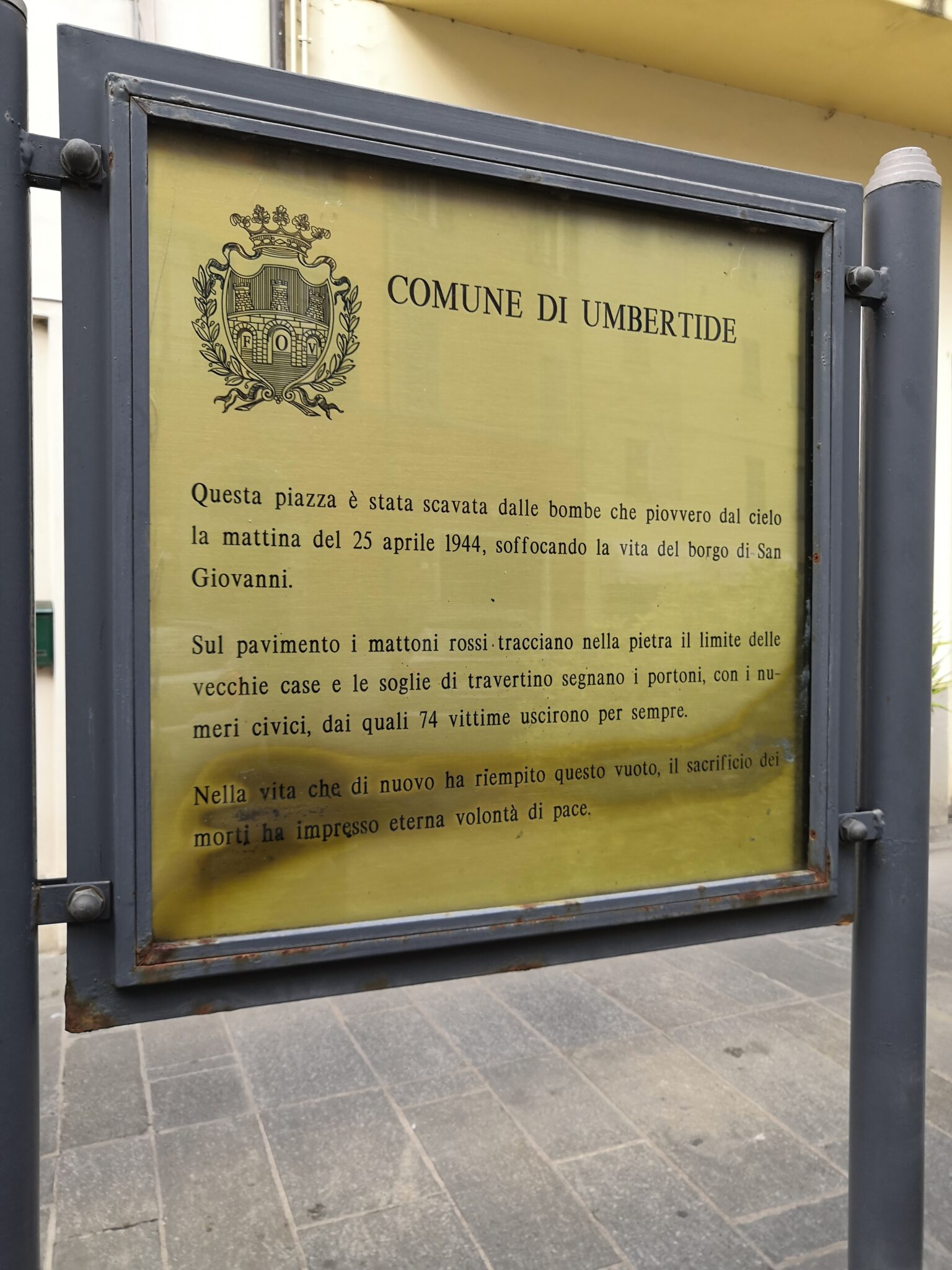
An important center for metalworking, textiles, packaging and industrial ceramics, but also for tobacco and organic farming, Umbertide was bombed by the Allies on the morning of April 25, 1944. The target was the bridge over the Tiber, but the bombs initially fell on the medieval district of San Giovanni, razing it to the ground and killing 74 people. The bridge was then destroyed in the afternoon bombing. However, the plane had dropped two other devices: one was found unexploded shortly after the end of the conflict, the other only in March 2003, by a fisherman, along the banks of the river. It was detonated in a quarry.
The historic center can also be visited during Fratta nell’800 which, over four days, offers shows and re-enactments of events that actually happened during the Risorgimento. The taverns present menus that take inspiration from original recipes, collected and studied by Adriano Bottaccioli and merged, in 2013, into an interesting calendar/handbook.
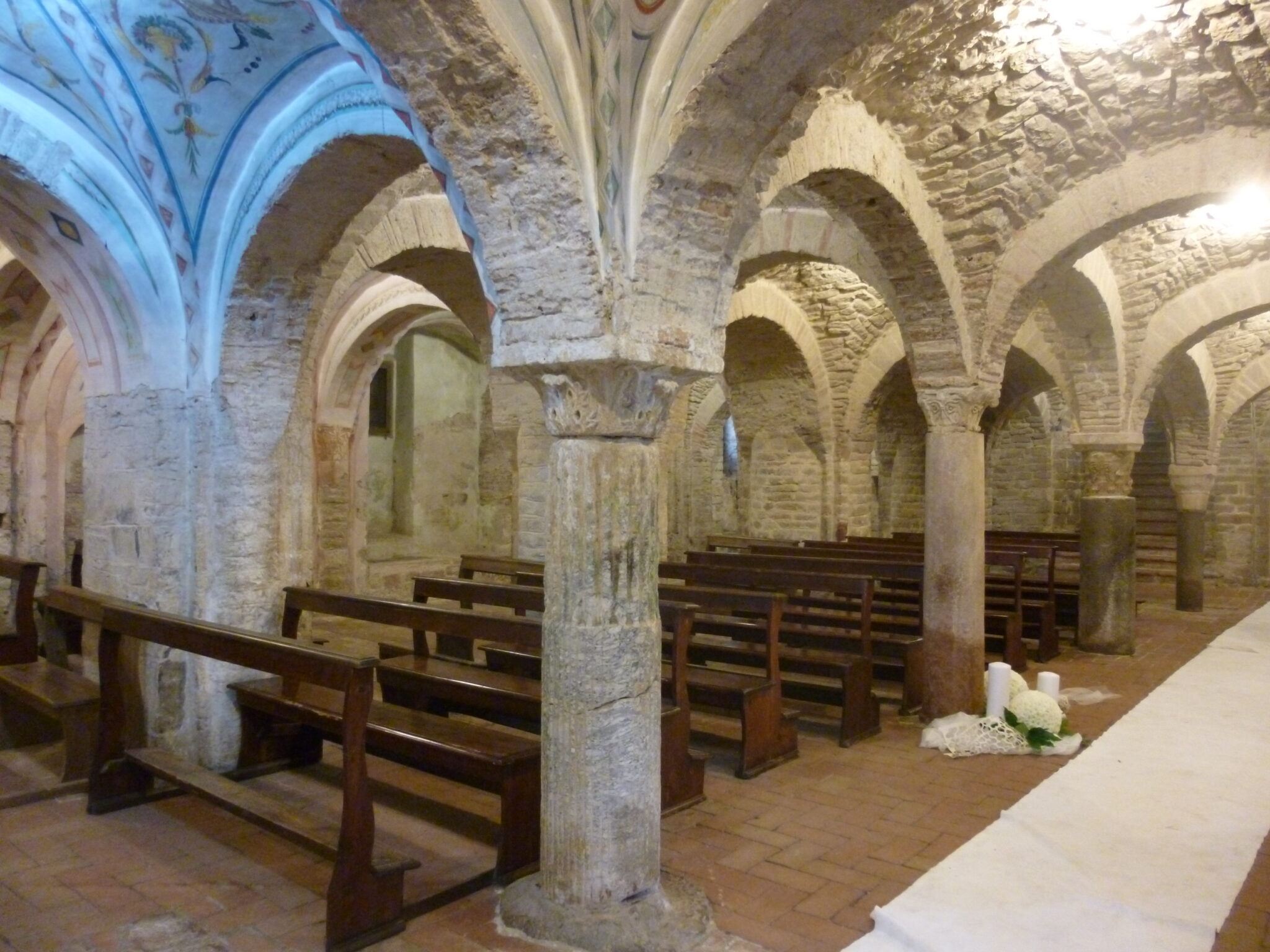
However, the entire municipal territory offers itineraries and jewels to discover: think of the castles of Civitella Ranieri, surrounded by a centuries-old forest; of Serra Partucci, Montalto, Ascagnano, Romeggio and Polgeto, as well as the valuable medieval villages of Montemigiano, Santa Giuliana and Preggio. The Abbey of San Salvatore di Monte Corona is undoubtedly worth a visit, founded in 1008 as a hermitage at the behest of San Romualdo, but which quickly became an important economic and social center.
The municipality of Umbertide can also boast an exclave that corresponds to the hamlet of Leoncini, nestled between the Tuscan municipality of Cortona (AR) and that of Città di Castello.


